#celtic christianity
Explore tagged Tumblr posts
Text
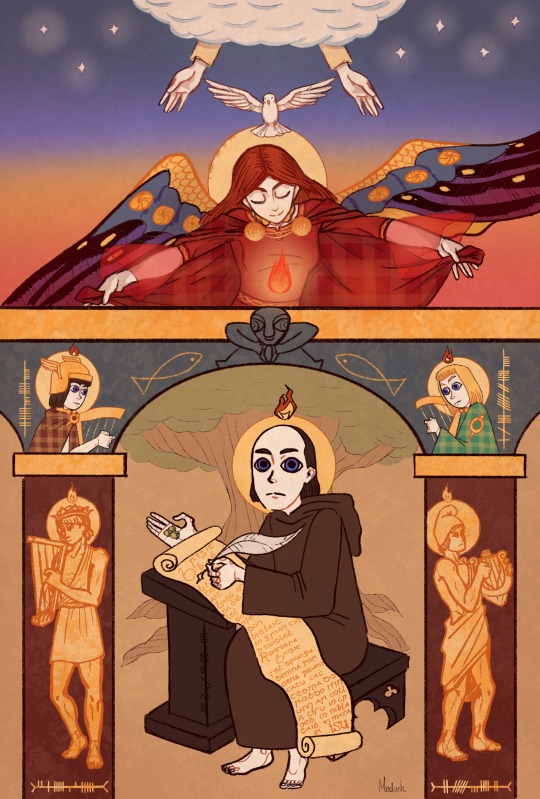
The Bardic Tradition
I made a long thread explaining in detail all the symbolism in this piece when I first posted it. That's lost to time now, thanks Elon. I'll try to rewrite it to the best of my ability in an abridged form.
The basic gist is that its a visual representation of the ancient Gaelic bardic tradition. Seated in the center is St. Colmcille, composing an old Irish hymn to St. Brigid, "Brigit bé bithmaith". He is holding hazel nuts, symbols of knowledge / inspiration in Irish legend. On the two pillars on either side of him are King David (left) and Orpheus (right), two famous poets from antiquity. Two legendary poets from Irish legend, Oisín and Amergin, are situated above each pillar respectively. The two fish are seen swimming "upstream" (as in the legend of the Salmon of Knowledge) toward a sheela na gig, a architectural feature / grotesque of early Irish churches which some consider to be symbols of femininity, meant to ward off evil. At the top of the image, hands from a cloud (representing God) release a white dove (representing the Holy Spirit) down to St. Brigid. She owes her angelic appearance to her being considered both a pagan goddess and Christian saint. She is guarding a flame, which symbolises poetic inspiration, and which can be seen floating above the heads of all the other figures.
#celtic#irish#poetry#celtic mythology#irish mythology#irish culture#ireland#celtic culture#celtic christianity#druidry#druidism#bardic inspiration#imbas#imbas forosnai#celtic revival#gaelic#st brigid#saint brigid#mythology#digital art#mediaeval#medieval art#medieval manuscripts#illuminated manuscript#celtic design#irish history#awen#esotericism#spirituality#paganism
124 notes
·
View notes
Text



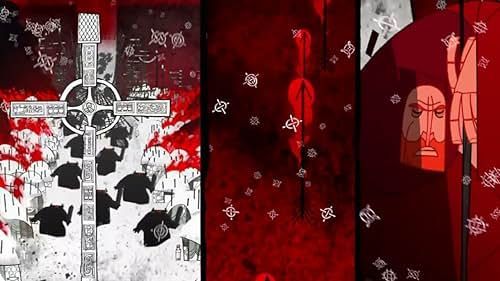
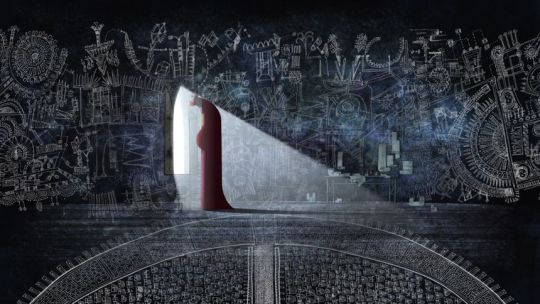
If you haven't seen the film Secret of Kells, you're missing out! It's a wonderful little animated film which gives the (somewhat fictionalized) accounting of the completion of the illuminated manuscript The Book of Kells. The story is told using absolutely beautiful illuminated art style and combines Celtic folklore with Celtic Christianity. It's a story of faith, magic, and one of the greatest books ever produced by the Orthodox West. Also my kids love it. They demand to watch it again and again.
#orthodoxy#orthodox christianity#orthodox church#western orthodoxy#celtic mythology#celtic folklore#celtic christianity#western rite orthodox#celtic monasticism#orthodoxleftist#inclusiveorthodoxy#book of kells#queer christian#faithfullylgbtq#trans christian#thisglassdarkly
27 notes
·
View notes
Text
People with cures in Ireland are people with a special ability to heal a certain aspect of sickness through a procedure of incantation, apparatus and faith. This a practice which is still going on to this day.
Recently, Cecily Gilligan wrote a book called Cures of Ireland: A treasure trove of irish remedies
Which really is the ultimate book on Cures, she has being doing research since at least the 80s on this topic. Would highly recommend.
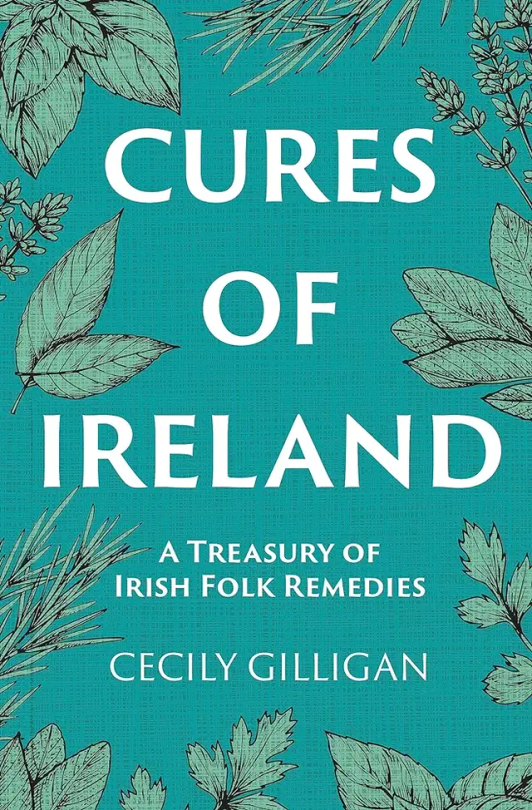
#irish paganism#resources#celtic paganism#gaelic paganism#magic#folklore#celtic Christianity#ireland#my grandad was one of the people documented in the book so i was v excited#mine
134 notes
·
View notes
Text


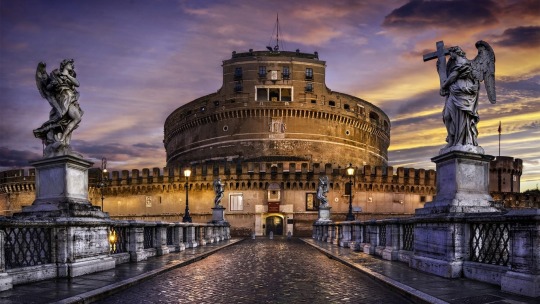
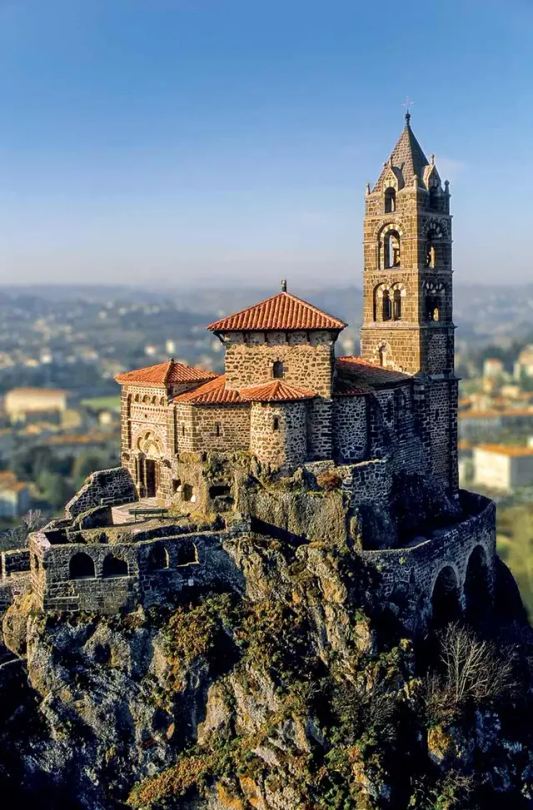
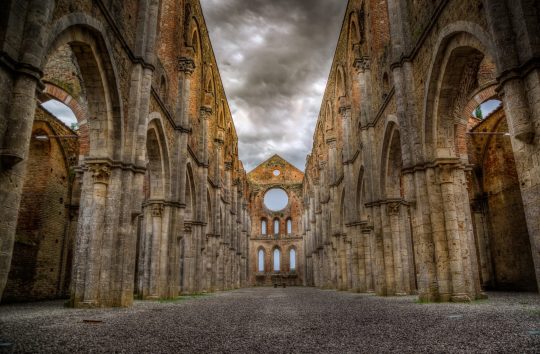
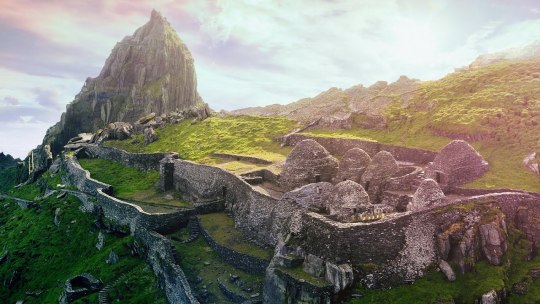
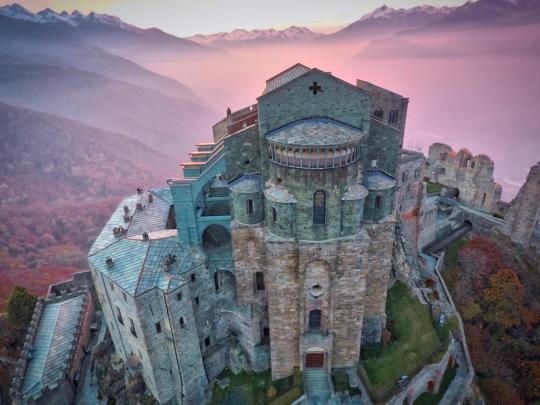

Shrines to St. Michael.
"Mountains figure prominently at the mighty ganglia of the story of Christianity... As Jesus prays atop the holy mountain, the other world intersects with ours as the divine comes down to the human, as the eternal touches the temporal and mortal. And that other world is the ultimate reality, not this one. No wonder that St Michael, ‘Quis ut Deus,’ has his shrines on lofty peaks; no wonder the Celts worshipped on hills and mountains...
The spirit of the Archangel Michael permeates discussion of the world of the Celts—shrines such as Skellig Michael on precipitous mountain-tops in the cold and wet Celtic desert; early connections with the ancient Eastern world; guardianship of Tuscany, Provence, Normandy, and Cornwall; safe-keeping of wanderers and hermits; motifs of spear, sword, and stone; waging of the war in Heaven and the downfall of Lucifer; the communion of the Grail."
St. Michael: Early Anglo-Saxon Tradition, Raymond JS Grant
(1) Mont St. Michel, Normandy, France; (2) St. Michael’s Mount, Cornwall, England; (3) Castel Sant’Angelo, Rome, Italy; (4) Saint-Michel d’Aiguilhe, Le Puy-en-Velay, France; (5) Abbey of San Galgano, Siena; (6) Skellig Michael, County Kerry, Ireland; (7) Sacra di San Michele, Mount Pirchiriano, Turin, Italy; (8) St. Michael’s Tower, Glastonbury Tor, England
#st michael#saint michael the archangel#mont saint michel#st michael's mount#castel sant'angelo#saint-michel d'aiguilhe#skellig michael#glastonbury#glastonbury tor#celtic christianity#celtic#celts
86 notes
·
View notes
Text

Now that the Beowulf books are in, we've been grinding out the packing and shipping. Once we're through with those I'll be partnering with Tamburn Woods Forest School to publish an illuminated children's book about Celtic saints and their animals as part of a fundraiser to replace their outdoor shelters that got washed away in a humongous flood last month. Check it out and give them a follow if that is something that interests you!
#medieval#illumination#calligraphy#celtic art#celtic#knotwork#irish#celtic christianity#saints#nature#animals#magical books
10 notes
·
View notes
Text
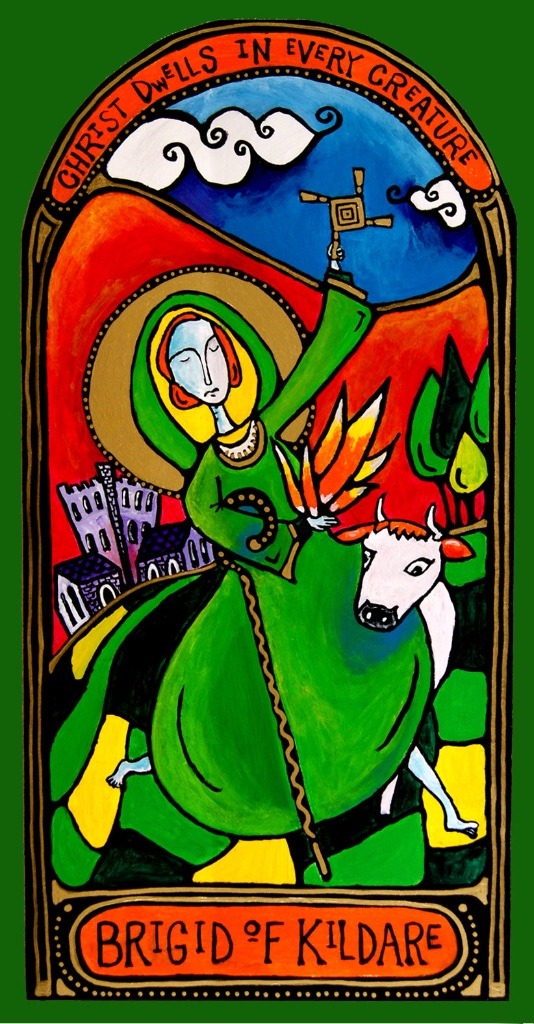
Dancing monk icon by Marcy Hall Art
* * * *
Blessings on this eve of the Feast of St. Brigid!
I feel especially blessed to have had the joy of joining with a group of dancing monks online last Monday to celebrate Brigid's call to us as midwife, muse, and transforming fire.
February 1st-2nd marks a confluence of several feasts and occasions including: the Celtic feast of Imbolc, St. Brigid’s Day, Candlemas, Feast of the Presentation, and Groundhog Day in the northern hemisphere! (Imbolc is August 1st in the southern hemisphere).
Imbolc is a Celtic feast that is a cross-quarter day, meaning it is the midway point between the winter solstice and spring equinox. The sun marks the four Quarter Days of the year (the Solstices and Equinoxes) and the midpoints are the cross-quarter days. In some cultures, like Ireland, February 2nd is the official beginning of spring.
As the days slowly lengthen in the northern hemisphere and the sun makes her way higher in the sky, the ground beneath our feet begins to thaw. The earth softens and the seeds deep below stir in the darkness. The word “imbolc” means “in the belly.” The earth’s belly is beginning to awaken, new life is stirring, seeds are sprouting forth.
In many places the ground is still frozen or covered with snow, but the call now is tend to those very first signs of movement beneath the fertile ground. What happens when you listen ever so closely in the stillness? What do you hear beginning to emerge?
St. Brigid is said to bring the first sign of life after the long dark nights of winter. She breathes into the landscape so that it begins to awaken. Snowdrops, the first flowers of spring are one of her symbols.
On the eve of January 31st it is traditional to leave a piece of cloth or ribbon outside the house. It was believed that St Brigid’s spirit traveled across the land and left her curative powers in the brat Bride (Brigid’s Mantle or cloth). It was then used throughout the year as a healing from sickness and protection from harm.
Often in Ireland, I have heard Brigid described as a bridge between the pre-Christian and Christian traditions, between the other world and this one. She bridges the natural and human world. Brigid sees the face of Christ in all persons and creatures, and overcomes the division between rich and poor. Our practice of inner hospitality as monks in the world is essentially about healing all of places we feel fragmented, scattered, and shamed. One of her symbols is her cloak which becomes a symbol of unity. All can dwell under her mantle.
[Thanks to Christine Valters Paintner and to the dancing monks]
#Saint Brigid#Ireland#the Dancing Monks#Christine Valters Paintner#celtic christianity#imbolc#in the belly#seasons#winter#feast days
20 notes
·
View notes
Text
I think there's not enough emphasis on the fact that the time where Arthurian Era is set (the late 5th/early 6th century) is also the time of the British Saints.
There are many miracle-working saints that have interacted with the Camelot gang. Dubricius, Illtud, Dewi, Gildas, etc. have all met Arthur.
There is also a number of female saints, both in Britain and in Britanny, that lived in this time period. You have St. Dwynwen, the various daughters of Brychan (who have founded churches and monasteries!), and St. Gwen Teirbron ("thrice-breasted"):


#british saints#welsh saints#celtic christianity#arthuriana#arthurian legend#arthurian mythology#arthurian legends#st. wenna#st. gwen trierbron#*coughtmoacough*
10 notes
·
View notes
Text
A Splinter of Stone- Oil on canvas © Diana Muller

For a long time I've been trying to capture the feeling I had as a child upon looking up at the tooth of Skellig Michael from Sean O'Shea's motor boat as we approached it on a rough day. Ever since I have wondered at the bravery of those 6th century Celtic monks who made their spiritual home on the rock. Making the journey in small currachs. Curious to know if people first see the landscape or portrait in this one.
#diana muller#fine art#oil painting#skellig Michael#irish art#art#ireland#artwork#celtic#celtic christianity
7 notes
·
View notes
Text


The celtic cross dates back from the early middle ages across Ireland, Scotland, France and England.
The exact origin of the Celtic Cross symbol is unknown, and its earliest appearances are shrouded by the mist of time. Similar ringed crosses, known as “sun crosses”, had been seen in religious—both christian and paganimagery as early as the 5th century throughout Europe, and probably long before that.
I done this painting inspired by Irish book of Kells, the very earliest illuminated book of manuscripts of St John,beautifully crafted by Irish monks.
#celtic#artwork#art#watercolour art#illustration#religion#christianity#medieval art#irish history#middle ages#celtic cross#celtic christianity#artists on tumblr
5 notes
·
View notes
Text
Dairthech, Clonmacnoise, Co.Offaly
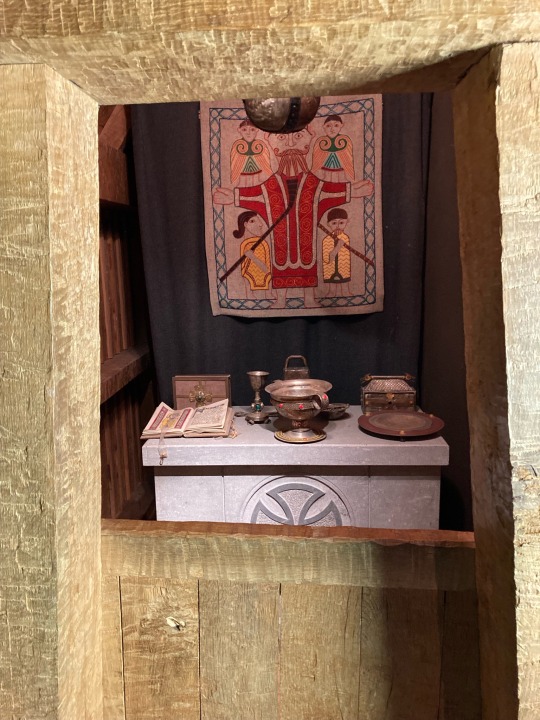
In Gaelic Ireland, between the 5th and 9th centuries AD, a dairthech (literally "oak-house") was a type of oratory or church built of oak-wood. This is a reconstruction of a dairthech, a typical small oak church, such as the ones that may have stood at Clonmacnoise prior to their reconstruction in stone.
25 notes
·
View notes
Text
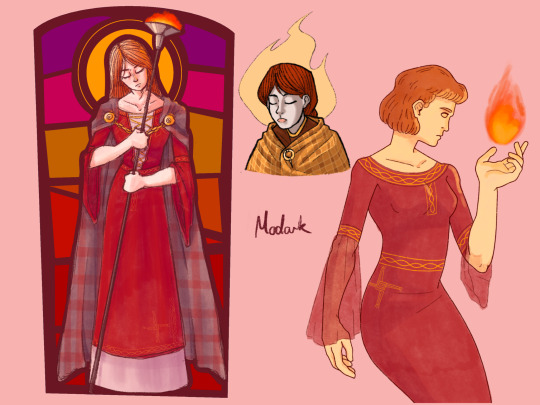
Brigid Sketches
From June 2021
#saint brigid#brigid#irish#irish paganism#irish mythology#irish history#irish culture#celtic#celtic paganism#celtic christianity#christianity#celtic mythology#celtic polytheism#medieval#ancient ireland#ancient celts#druidry#druidism#paganachd#digital art#sketch#pagan#paganism
17 notes
·
View notes
Text
17th March
St Patrick’s Day/St Withburga’s Day/Passion Sunday

Source: RWS website
Today is St Patrick’s Day. A Scottish myth claims that Patrick was born near Glasgow, and that he was so holy, the Devil sent witches and demons to kill him. Patrick fled to Ireland and the infuriated forces of darkness lobbed a mighty rock after him which missed and became the hill on which Dumbarton Castle now stands. The Welsh say Patrick was born in Dyfed, while the English claim he was born in in Battersea in London. In actual fact it appears Patricius was a Romano-Briton, probably born in 389 near Norton in Northamptonshire. His Irish connection comes by virtue of the fact Irish pirates, a common problem for Roman Britain in the fourth century, raided deep into the province and kidnapped the 16-year old Patricius and sold him as a slave in Ireland where he became known as Padraig, or Patrick. Freed in adulthood, Patrick set up base in Armagh and set about converting the Irish to Christianity. His efforts met with extraordinary success and Patrick ended up not only founding Celtic Christianity, but was also canonised after his death and became the deserved patron saint of Ireland.
Various stories are told of Patrick, including how he rid Ireland of snakes by gathering them all up in a box and casting it into the Irish Sea. The frenetic attempts of the serpents to escape their prison is apparently what explains the Sea’s choppy nature. He is also supposed to have used the native three-leaved shamrock as a device to explain the tricky concept of the Holy Trinity to his pagan audience. Two shrines to Patrick exist, one containing his bell, the other one of his teeth and both are in the National Museum in Dublin.
Today is also St Withburga’s Day. A seventh century Abbess, Withburga was rumoured to have cured a draught in East Dereham Norfolk, by conjuring up two deer to provide an endless supply of milk to her starving nuns. She also appears as a dead ghost: her corpse can be seen being carried in an open coffin by her grieving devotees along the banks of the Little Ouse, near Ely, Cambridgeshire.
In 2024, today is also Passion Sunday, also known as Carling Sunday. In the north east of England carlings, or grey peas, are sold this week in pubs and supermarkets. Although local tradition says this practice commemorates a shipwreck in which a cargo of carlings were washed up on the beach, it is more likely explained by a pagan tradition of eating beans to remember the dead, Christianised on this day to commemorate the upcoming Passion of Christ.
#st patricks day#st Patrick#conversion of the Irish#celtic christianity#st withburga#passion Sunday#Dumbarton castle#norton#ireland#shamrock#carling sunday#passion of Christ#patricius
2 notes
·
View notes
Text
A review of:
The Origins of Ireland's Holy Wells by Celeste Ray
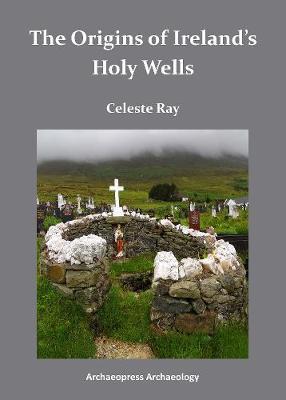
Celeste Ray, a professor of anthropology for the University of the South, USA wrote this book after extensive research, both desk and foot into Irelands Holy Wells. I would honestly recommend anyone with any interest in Irish religious practices, culture, paganism, or mythology to pick it up. An amazing book. I'll be giving my thoughts and what I liked and didn't like about it here.
What I liked:
A very well researched book that shows the authors dedication not just to anthropology but to the living practices she is documenting
The passion of the author is clear and they Mince no words when discussing other researchers and their work, pointing out the flaws, misconceptions and biases (some of which were wild I can't believe some of these people are taken as authorities on the subject when their conclusion was that wells are a toilet metaphor?)
Uses a wider pre roman European context for the evidence. As we are so often reminded, to treat Ireland as some how separate from Western Europe is ridiculous and is a disservice to the interconnection of the people of old.
The reframing of this idea, which is normally used as a strong force against nativist views into a supportive one was quite interesting.
Examines roman writings in a very balanced way that acknowledges the inherent propaganda but does not dismiss it outright.
There's a whole section of people including academics who seems desperate for a roman invasion of ireland, despite there being basically no evidence of it. Like people are fully making things up to try and force one, the author gives these people a sound dismissal in their restating of the evidence of raiding and trade over large-scale roman conquest. (Genuine question can someone explain why people are so mad for Romans in ireland?)
I thus learned more about pre roman Western European practices and archeology than I ever really had the desire to. I am now much more educated on the subject.
The framing of sites as important locations adopted and readopted based on shifting circumstances of the time rather than a "secret unbroken line" which is much more realistic.
The explanation of Holy Wells as archaeologically challenging sites was well explained.
Using etymology in the connection of wells to supernatural beings. Love etymology so this was amazing
The use of early irish literature to support existing claims. Which I know claiming that there are pagan elements in the literature basically gets you spat and jeered at but nevertheless is really compelling.
While this blog has been thoroughly against the lumping together of celtic cultures, this book makes a great case as to when it is appropriate to use the term celtic and that the rush to replace this term has very much resulted in the baby being thrown out with the bath water.
Actually engages with living culture and treats folklore and living sources/practices as evidence to be considered rather than "silly little irish peasants" but also does not take every tale as completely accurate literal history.
Plenty of examples and pictures of well in practice today.
Supports a general pre Christian, pre roman use of wells and springs as sacred sites but also acknowledges the influence of both (especially Christian) on the practice.
Acknowledges the diverse origins of holy wells, from one's that have have votive offerings since the bronze age to ones that were made sacred in the modern age.
Does not buy into any sort of "Christians are thieves" narrative.
Honestly this seems like the definitive book on irish holy wells.
What I didn't like:
While I loved the book there was definitely things I took issue with.
The assertive nature of the tone was entertaining, it did sort of feel like the author was this close to calling other researchers "fucking idiots", though humanities papers seem to have a much more aggressive tone than I am used to from my field of study.
The author makes many an interesting and compelling hypothesis in the book, but they are just that. These theories are then presented as the fact of the matter when really they are no more or less substantiated than the other theories.
Could have done without some of the "identity politics" on the celtic question section. Like I get that's a huge part of this authors work but I didn't feel it was all necessary to include.
Some of the mythological comparisons seem like a little bit of a stretch Low-key.
Either way this is a fantastic work and I urge everyone even remotely interested to buy it, it's a little pricey but well worth it. It can be purchased online on Google books(link). Now obviously this is all from my lay perspective, if anyone with actual qualifications wants to correct or argue feel free. This is just my perspective.
#irish mythology#celtic mythology#irish paganism#gaelic paganism#holy wells#celtic Christianity#ireland#resources#review#mine#anthropology#irish catholic#magic#féile#lúnasa#holy well
54 notes
·
View notes
Text
“All Are Welcome” based on Hosea 11:1-4 and Matthew 28:16-20

Sometimes I get distracted. Not just the normal distracted of turning to my phone when it buzzes or letting the internet take me down rabbit holes (although those happen too.) Sometimes I get so distracted talking about what kind of Christian I am NOT that I forget to talk about what kind of Christian I am.
In fact, that's so true that I'm squirmy already, as the word Christian is overly affiliated in my head with things I struggle with. One of you once said that “Jesus follower” worked better for you than Christian for just that reason. And I love that. But also, “Christian” means “little Christ” and I do think the whole point is to continue the work of Christ in the world and it is probably worth the discomfort involved in claiming it anyway.
A friend and colleague, the Rev. Andrew Nelson, recently dropped a book off for me. Which is a great way to share love, particularly when this was a book I'd been looking for and not finding for years! I didn't know EXACTLY which book on Celtic Christianity I wanted, but I knew I needed to find one. This one, turns out to be it: Sacred Earth, Sacred Soul by John Phillip Newell.
As I started to read I felt my whole being relax. Here, encased in centuries of tradition, is the faith that I know to the core of my being. When so much of my life in the church-at-large has been defined by being an outlier, a prophet, a person crying for justice for God's beloveds, it is awfully nice to hear that my faith has deep roots too. I think, perhaps, it is nice to hear that I belong too. That the faith that says “God created all, and it is good” is VALID, and REAL, and DEEPLY faithful – and not... some radical new idea.
I want to share with you some of what I heard in Sacred Earth, Sacred Soul, in hopes that it will also help drop down your shoulders, and let in a big deep breath. That we all can celebrate the God who is. The one who we know to be loving, ALONG WITH our great tradition. That we can acknowledge that we are faithful people with a faithful God.
(See, isn't it nice?)
The first chapter of the book tells the story of Pelagius (Puh·la·jee·uhs) , a Welsh monk who lived around 360-430 CE. But, it starts by sharing the beliefs of the first known Christian teacher in the Celtic territory – the one whose teachings would have formed what Pelagius knew. That teacher was Ireneaus (Ee·ruh·nay·uhs ) of Lyons and his teachings were that: sacredness was not opposed to naturalness, that there is holy in naturalness, that heaven found in things of earth, that the divine is to be cherished within earthliness of human life and RELATIONSHIPS, that Jesus was ROBUSTLY human, and that the universe is born out of the substance of God – NOT out of nothing.1 Taken to its natural conclusions, those beliefs say “the stuff of the body of earth is sacred stuff. Therefore, how the body of another is handled in relationship, how the physical needs of those who are hungry and homeless is responded to, how the body of the earth and its resources are treated- these are all holy matters.”2
Well, YEAH! And if bodies are holy, then they shouldn't be exploited, but rather honored and cared for. (CORRECT.)
In fact, this ended up being opposition to the way that the majority of Christianity under the leadership of the pope in Rome understood things. Because there is a doctrine called creation ex nihilo which says that creation was “out of nothing” and if that's true than STUFF doesn't matter and people can exploit it all they want. The implications of this in the world around us are abundant, but it is VERY nice to know this has NEVER been fully accepted in our tradition, I think.
The teacher Iraneaus taught that Jesus was the one who was “respeaking the sacred essences of the universe, re-sounding the divine that is in the heart of all things. This was to see Christ as reawakening in humanity what it has forgotten.”3 So not Jesus saving the world, nor Jesus standing against the world, but Jesus reminding the world of its sacredness and the things it already knows. I love it!
Now into the wisdom tradition that Iraneaus formed, came the monk Pelagius, who taught that “grace was given to reconnect us with our nature, which was sacred and made of God.” I believe that, and I like knowing how long that has been known! Pelagius ended up in Rome, which seems to have become a problem for his life, because rather than being with people who knew the sacredness of all, he was with people who knew the Church as a power-player in politics. (Ew.) And they took issue with him because he thought women were wise and worth both learning from and teaching. He also emphasized human sacredness instead of human sinfulness. He believed that “what is deepest in us is of of God and not opposed to God.”4 I just love it when people put WORDS to the things my very being knows to be true, but I hadn't ever quite known I needed to say.
Now Augustine, who I did have to read in college and seminary, was all out of sorts about this and spent a lot of energy discrediting Pelagius, because he wanted to focus on original sin. (Facepalm.) That original sin doctrine was useful for the empire, and has been useful for the church, but I would say has not be useful for God's people.
So, Augustine got Pelagius banned from the Empire, him and his teachings. Because apparently it is really upsetting to an empire if everyone is sacred, and then everyone maters. Then they're not there to be controlled and used, but rather to be revered and related to.5 (Actually, I knew that. Jesus taught me.) Worse than the other stuff, Pelagius also taught that people who had more than enough should... wait for it... SHARE with those who don't have enough. Once again, that's easy to see as following Jesus, but it got him excommunicated. (Shoot, I already facepalmed.)
Anyway, Pelagius went home to Wales and kept teaching, and wrote under pseudonyms so people could read it and – I love this – often used “Augustine” as one of them. That teaching also included “that it is not so much what you believe about Jesus that matters. The important thing is becoming like Jesus, becoming compassionate. A Christ-one, he said, is one 'who shows compassion to all... who feels another's pain as if it were his one, and how is moved to tears by the tears of another.” That sounds like us, doesn't it!?!6
Well, funny enough, the teachings of Pelagius weren't stopped by being banned by the Roman Empire, or excommunicated by the Western church, or even sent back home. I knew that, because I was taught them as a child, and have experienced them as an adult. I just didn't know their history.
When we get invited by Jesus to “go and make of all disciples” I don't think we're told to go into the world and tell people they are WRONG if they don't follow Jesus. Instead, I think we're invited to be in relationship with people and learn from their wisdom and share ours – including the stuff that Jesus respeaking and re-sounding – the wisdom we know in our souls and simply need to be reminded of. The stuff like “all of creation is sacred” and “all people are to be honored” and “the way of God isn't the way of control over.”
When I think about what beliefs I center my life on, I usually use the word “inclusion.” But I think I get to inclusion BY believing that all people are sacred, and beloved by God, and THEREFORE all people welcome in the church. I get all sorts of upset about exclusion, BECAUSE it implies a limit to the sacredness of God. And that's both wrong, and silly.
God is like the one who picks an infant up and smooshes them to their cheek. God is like that with all of us. ALL of us. Thanks be to God! Amen
1John Phillip Newell Sacred Earth, Sacred Soul (HarperOne, 2021), p. 24-26.
2Newell, 26.
3Newell, 26.
4Newell, 32.
5Newell, 40.
6Newell, 39.
Rev. Sara E. Baron First United Methodist Church of Schenectady 603 State St. Schenectady, NY 12305 Pronouns: she/her/hers http://fumcschenectady.org/ https://www.facebook.com/FUMCSchenectady
June 4, 2023
#thinking church#progressive christianity#fumc schenectady#schenectady#umc#sorry about the umc#rev sara e baron#first umc schenectady#Celtic Christianity
3 notes
·
View notes
Text

If he be a cleric, let him not be wrathful.
Let not his voice be raised. Let him not swear falsely.
Let him not be greedy. Let him not be treasure loving.
Let him not be niggardly, lying.
Let him not be fault-finding at meals.
Do not slander your fellow.
Thy side half-bare, thy bed half-cold.
From Christ, God's Son, mayest thou have thy reward.
Absence from thy bodily family
until the day of thy death.
Grassless earth over thee
at the end of thy journeying.
Knowledge, steadfastness, patience,
Silence without muteness.
Humility, purity, patience.
Take not the world, O cleric.
— Martyrology of Tallaght
0 notes
Photo

[Order of Celtic Franciscans, OCF]
37 notes
·
View notes